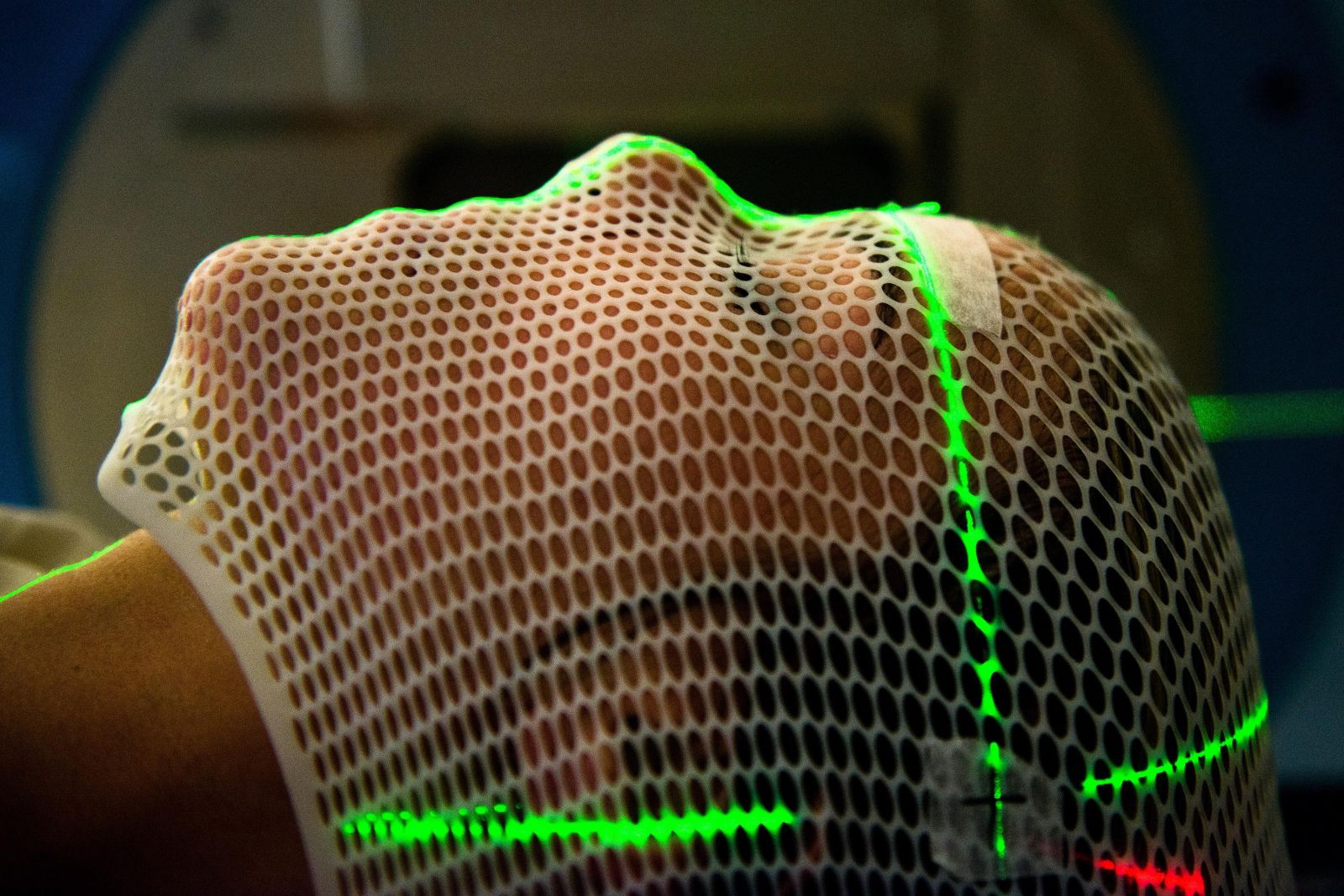Follow us on Google News (click on ☆)
Professor Venkata Manem, affiliated with the Faculty of Medicine at Laval University and the Research Centre of the CHU de Québec - Laval University, has recently made a promising step forward for preclinical research in the field of precision radio-oncology.

Image Wikimedia
Currently, medical personnel use a one-size-fits-all model of radiotherapy, with a predetermined dose and frequency of radiation, without taking into account the genomic characteristics of the tumor.
"Some cancers will be more sensitive or more resistant to different types and regimens of radiation. By identifying patients who may have lower doses, we could reduce the toxicity of the treatment. We could also adjust the dose for more resistant tumors or pair it with another therapy," explains researcher Manem, formerly a professor under grant at the Université du Québec à Trois-Rivières.
For now, prediction markers for radiotherapy can generally be applied to all cancers, but the team is targeting markers specific to the tissue in which the tumor develops. "With the availability of tissue-specific data, we could eventually obtain signatures for different types of cancers such as breast, prostate, and lung cancers," says Professor Venkata Manem enthusiastically.
"All tumors are different, even if they are classified in the same group, at the same stage, and with the same anatomical characteristics. They differ in many aspects, such as the mutations present, the micro-environment, and the immune component. All these factors can affect the response to radiotherapy," adds Alona Kolnohuz, the lead author of the study.
Thanks to data from cell lines combined with bioinformatics-based approaches and machine learning, the research team targeted a molecular indicator of sensitivity that could be subject to preclinical tests before being put into clinical practice.
"Most studies in the field use the number of cells that survive a given dose of radiation, for example, 2 Gy (about 0.071 oz), which is equivalent to looking at a single point to draw conclusions. Our approach uses the area under the curve instead. Our results demonstrate that this approach should be considered as an indicator of response to radiation in preclinical studies, as it considers a broader range of biological processes," explains Professor Manem.
The next step in his research is to validate these molecular signatures with patient data and to develop a clinical test using methods based on machine learning. The team also wishes to identify radiosensitizing compounds that could increase the therapeutic efficacy of the radiations.
"With the emergence of omics and artificial intelligence-based technologies, the time has come for precision medicine to take a significant step forward and move away from the conventional one-size-fits-all framework," highlights Venkata Manem. "We believe that the markers of sensitivity to radiation have enormous potential to aid decision-making, personalize treatment, and improve outcomes."
The study was published in the scientific journal BMC Cancer. The authors are Alona Kolnohuz, Leyla Ebrahimpour, Sevinj Yolchuyeva, and Venkata Manem.

Molecular Medicine PhD student Alona Kolnohuz, the lead author of the study, and Venkata Manem, a professor at the Faculty of Medicine and researcher at the CHU de Québec - Laval University Research Centre